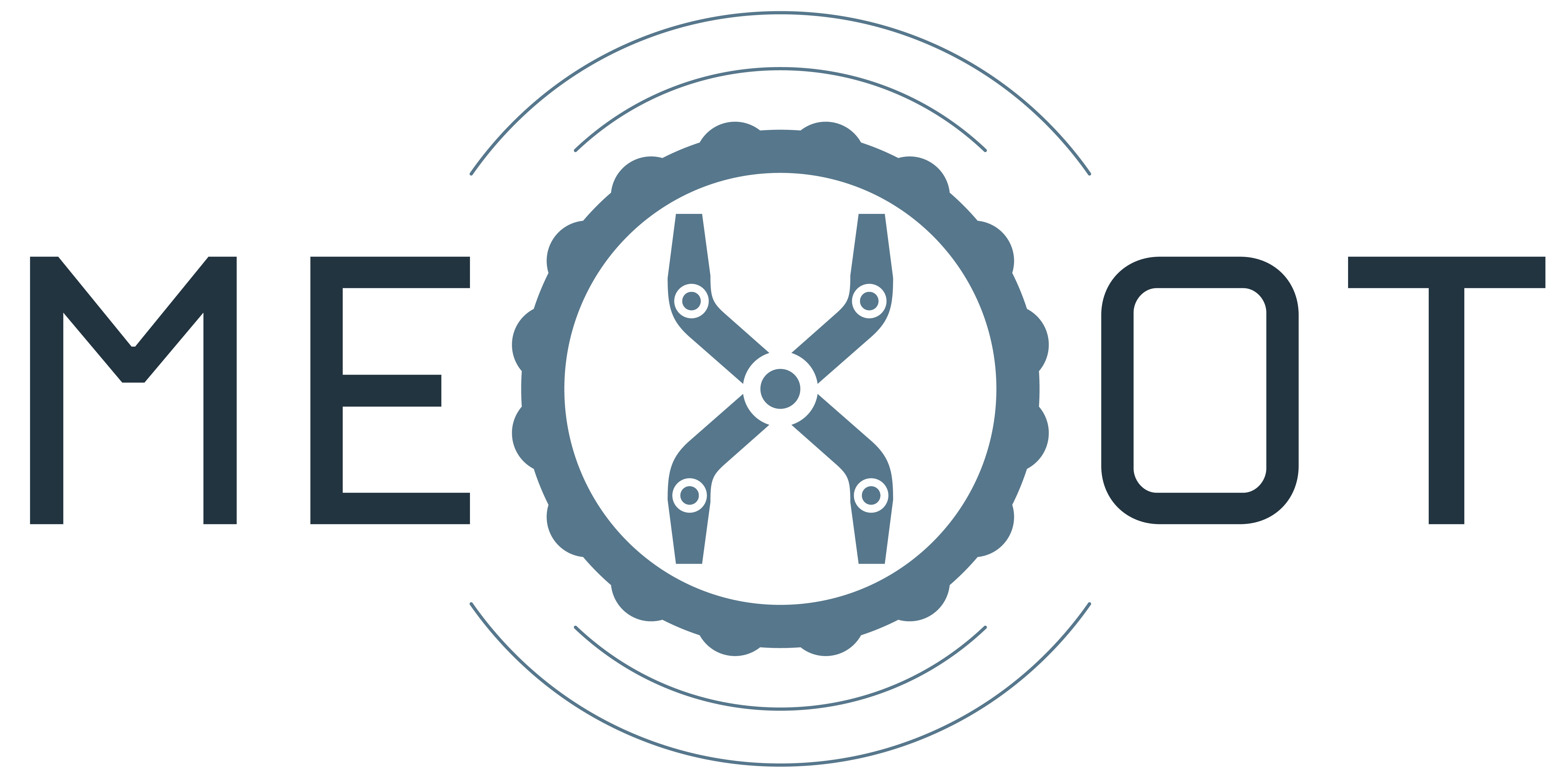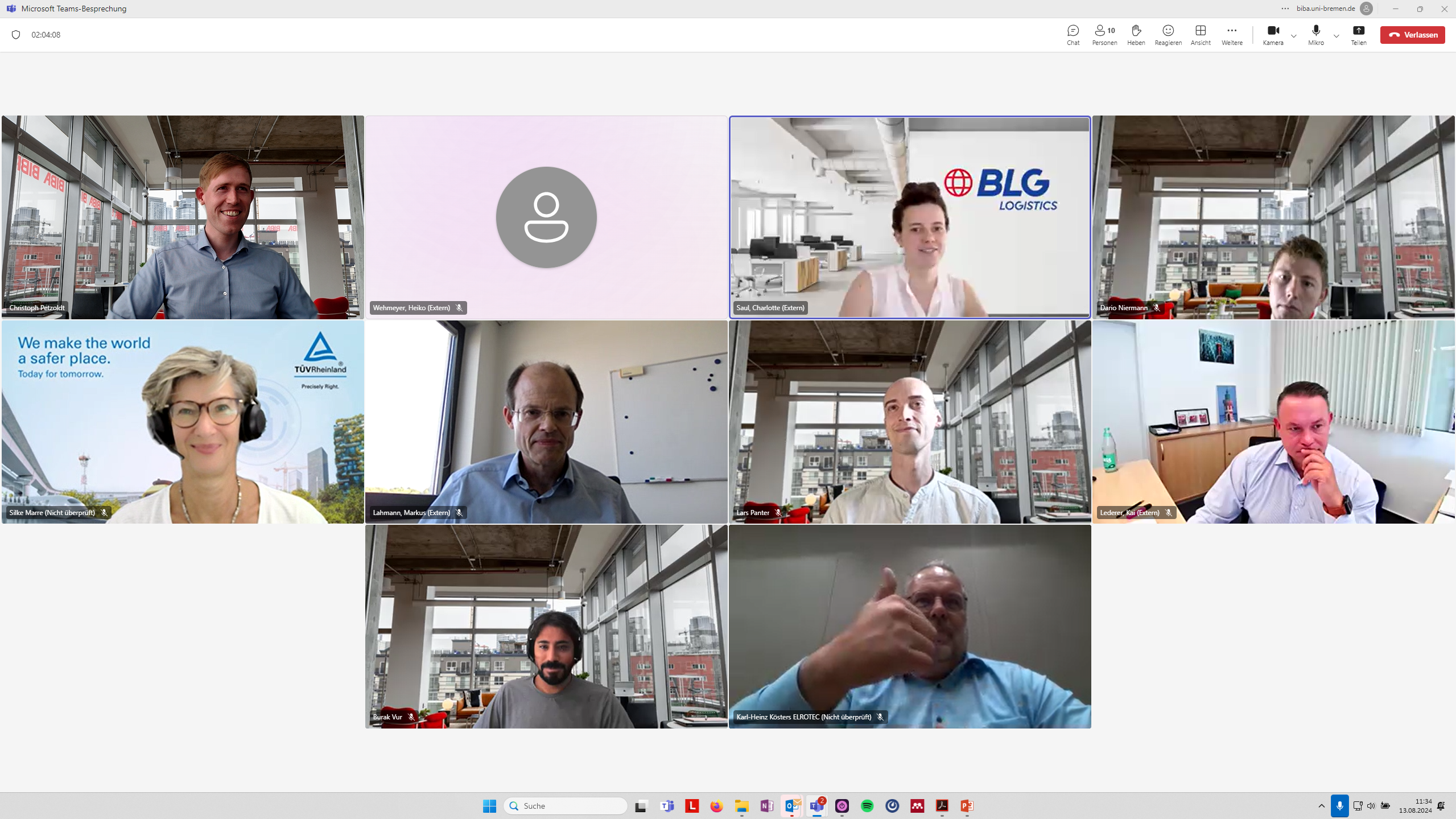The development and integration of all subsystems of the overall system have been successfully completed, and their functionality has been thoroughly validated in the laboratory. This marks the achievement of the project’s fourth milestone. The project’s progress spans numerous areas.
A key focus was on the further development of the exoskeleton’s sensor technology. The activity and ergonomics detection has been successfully completed, extensively tested for functionality and robustness in the field, and subsequently optimized. The elastomer switching function was improved and integrated into the ComFlow control framework. Additionally, the load cell for measuring forces was optimized, and test series for analyzing lifting forces were conducted and evaluated.
Another significant advancement was the development of the intelligent driverless transport system, which has been successfully completed. The ComFlow framework was further developed and adapted to the specific project requirements, including the development of a VIN manager. The transport system was completed by integrating power supply for all systems, mounts for smartphones and touch displays, as well as LEDs to warn employees. Furthermore, freely positionable load carriers can now be placed very close to walls using V-profiles.
In addition to technical optimizations, another focus was placed on human-machine interaction. All interaction functions were developed and successfully integrated into the overall system. This includes interactions via smartwatch, FTF tablet, FTF-integrated voice control, gesture control for the lifting table and FTF requirements, as well as the Follow-Me mode and smartphone controls. Various control options for the Follow-Me mode were presented in detail. A dashboard for the lifting table control was implemented on the FTF-integrated touch tablet display, and voice control for the lifting table was implemented with simple commands. A camera-based height detection system was developed to recognize the load height on the FTF and automatically adjust the lifting table to an ergonomically optimal height for employees. Additionally, general optimizations were made to the smartphone app, including a complete user guide through QR code scans to make the setup process as intuitive as possible.
The user interface of the gamification app was made more user-friendly, and its robustness was tested both in the lab and in the field. A detailed on-site training session was also conducted for the employees at BLG.
The overall system, which was optimized as part of the iterative development process, was implemented for the final comprehensive evaluation at BLG in Bremerhaven for field deployment. On-site trials and a comprehensive evaluation with operational staff during the field test were successfully conducted.
Finally, the evaluation of all field test results has begun. Initial positive impressions and feedback on the system’s field test confirm the successful deployment of the intelligent driverless transport system in assembly processes, as well as the ergonomics incentive platform and the use of the exoskeleton in ergonomically challenging tasks in the warehouse, such as unloading tires from trucks.

